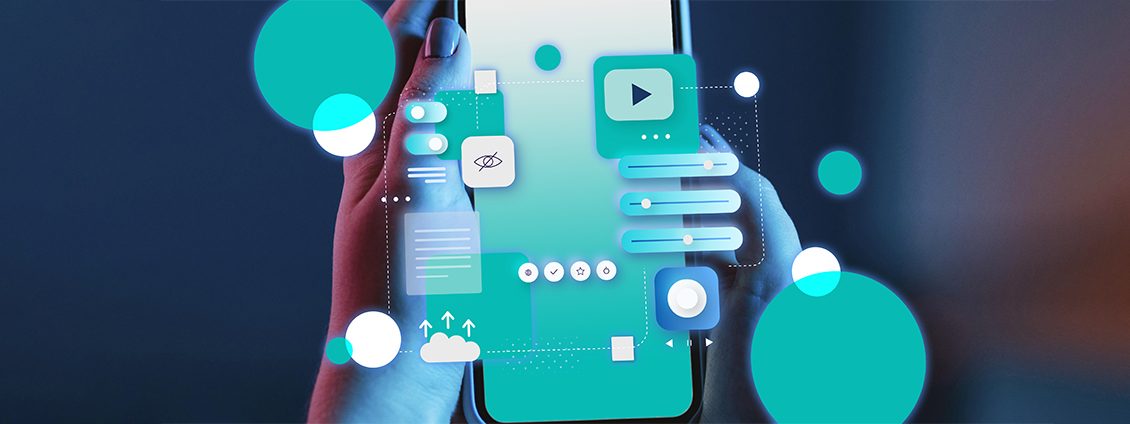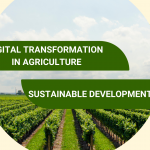
RPA automation solution in business processes
Robotic process automation (RPA) is gradually becoming a strategic technology solution, opening up many new opportunities for businesses. Below are some forecasts for RPA technology in 2024, giving businesses a panoramic view of some of the prominent technologies and trends that are likely to reshape RPA in the coming years.
What is an RPA solution?
RPA (Robotic Process Automation) is a software technology that simulates human behavior in performing tasks. RPA works across the user interface, software, and browser. Programmers build processes for bots to simulate interactions between systems through a graphical user interface (GUI).
Software robots perform tasks quickly, achieve 100% accuracy, and are more stable than humans. However, in complex situations or when errors occur, users can still intervene and handle them.

An RPA system must have the following three essential criteria:
- Communicate with other systems to remove screens or integrate API – Application Programming Interface
- Able to make decisions
- Integrated bot programming interface.
RPA applications do not discriminate on the size or type of business but are suitable for tasks with the following characteristics:
- There are rules
- Errors easily appear
- Work with a variety of numerical data
- Based on each business’s own rules
- Strict in terms of time and seasonality
Trends shaping RPA technology in 2024
1. Intelligent automation
Intelligent Automation (IA) is the next development of RPA, expected to rise in the coming years. Integrating the ability to simulate human thinking based on Artificial Intelligence (AI), including Machine Learning (ML), Computer Vision, and Natural Language Processing – NLP), this advanced solution enables the automation of more complex tasks, drives end-to-end process automation, and drives comprehensive digital transformation for businesses.
By 2024, Intelligent Automation (IA) is expected to be widely adopted in the insurance, banking, and financial services industries.

2. Cloud-based RPA
According to Gartner’s prediction, bringing RPA solutions to the cloud will become a prominent trend in 2024. Applying RPA on the cloud brings many significant benefits to businesses, including ease of deployment. Businesses can quickly deploy bots and manage automation projects, scaling automation deployments easily without relying on complex technology infrastructure and high maintenance costs… Additionally, cloud-based RPA provides the ability to dynamically scale automation, especially as businesses must adapt quickly in a constantly changing market environment.
3. Low-code and No-code platforms
In 2024, low-code and no-code platforms are expected to continue to grow significantly. These tools allow users without deep programming knowledge to build applications through intuitive interfaces and drag-and-drop features.
Businesses will have an advantage when applying low-code and no-code RPA platforms to flexibly change according to digital transformation trends. This plays an important role in promoting lean automation processes, making automation easily accessible to users. At the same time, these platforms also offer maintainability benefits over traditional RPA tools, helping businesses save time, resources, and costs.
According to IDC, by 2024, it is expected that 30% of RPA solutions will be deployed using no-code platforms, demonstrating the growing popularity of this tool in the automation sector.

4. Citizen programmers
The development of low-code and no-code RPA has created a basis for developing citizen programmers – people without in-depth programming knowledge but capable of using low-code platforms and no-code to create RPA applications tailored to business needs. On these platforms with friendly graphical interfaces, citizen programmers just need to drag and drop pre-programmed function blocks to build business processes. This facilitates the potential for digital transformation, helping businesses respond quickly to changing market and customer requirements.
5. Companionship between humans and machines
The year 2024 marks the opening of many opportunities for companionship between humans and bots. The amazing automation of RPA bots is leveraged to optimize tasks that were previously performed only by humans, giving humans more time to perform other high-end activities.
By leveraging effective collaboration between humans and bots, businesses can enhance performance, and work quality, reengineer business processes, and foster creative work environments.
Conclude
RPA applications play an important role in improving processes and promoting effective digital transformation for businesses of all sizes and sectors. Building on the continued development of RPA, 2024 continues to bring many innovations in the field of automation. According to Gartner, the RPA market is still experiencing double-digit growth and is expected to continue to grow in the coming years. Research by Global Market Insights, Inc. also forecasts that by 2024, the RPA market size will surpass 5 billion USD. The growth driver of this technology solution lies in its ability to promote quality, performance, and flexibility of businesses.



